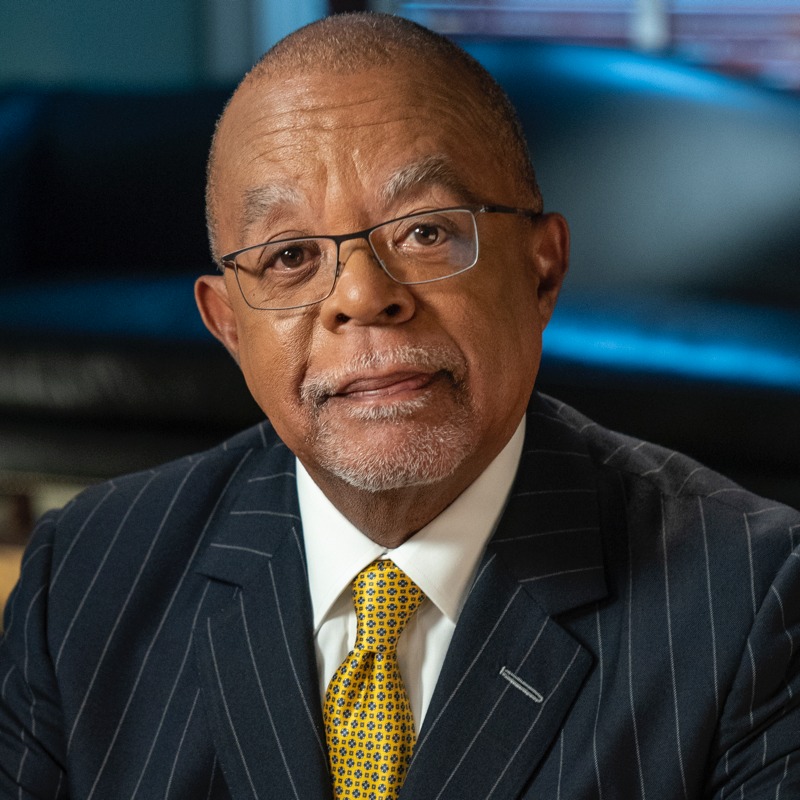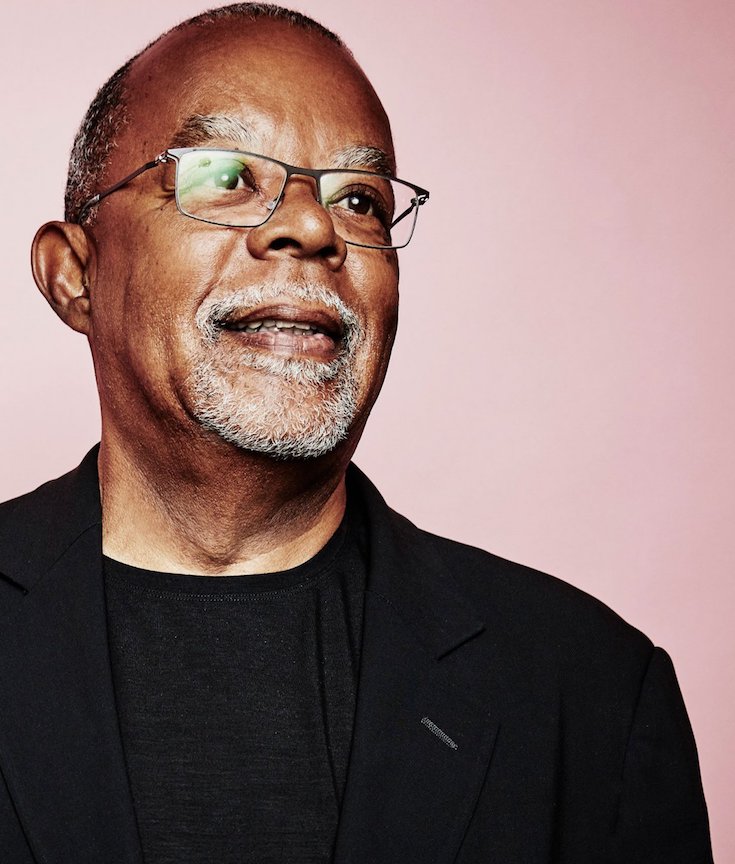

Ralph Ellison revises or "signifies" upon Richard Wright's work just as Ishmael Reed goes on to signify upon both authors' work and so forth. Authors reuse motifs from previous works but alter them and "signify" upon them so as to create their own meanings.


Gates more thoroughly focuses on oppositional or motivated Signifyin(g) and how it "functions as a metaphor for formal revision, or intertextuality, within the Afro-American literary tradition". Unmotivated signifyin(g) takes the form of the repetition and alteration of another text, which "encode admiration and respect" and are evidence "not the absence of a profound intention but the absence of a negative critique". Gates defines two main types of literary Signifyin(g): oppositional (or motivated) and cooperative (or unmotivated). Gates plays off this homonym and incorporates the linguistic concept of signifier and signified with the vernacular concept of signifyin(g). Signifyin(g) is a homonym with the concept of signification put forth by semiotician Ferdinand de Saussure wherein the signifier (sound image) interacts with the signified (concept) to form one whole linguistic sign. Abrahams writes that to signify is "to imply, goad, beg, boast by indirect verbal or gestural means". Bell defines it as an "elaborate, indirect form of goading or insult generally making use of profanity". Signifyin(g) is closely related to double-talk and trickery of the type used by the Monkey of these narratives, but, as Gates himself admits, "It is difficult to arrive at a consensus of definitions of signifyin(g)." Bernard W. Gates' title alludes to the song "Signifyin' Monkey" by Oscar Brown, recorded in 1960. The book traces the folkloric origins of the African-American cultural practice of "signifying" and uses the concept of signifyin(g) to analyze the interplay between texts of prominent African-American writers, specifically Richard Wright, Ralph Ellison, Zora Neale Hurston and Ishmael Reed. The Signifying Monkey: A Theory of Afro-American Literary Criticism is a work of literary criticism and theory by the American scholar Henry Louis Gates Jr.


 0 kommentar(er)
0 kommentar(er)
